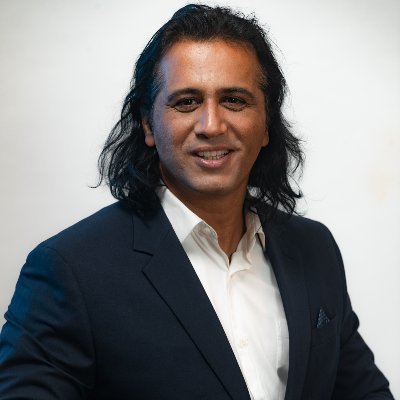By Ashwin Naik, Co-Founder at Mission ICU
Around 65% of the country’s population resides in rural areas. Yet, the critical healthcare infrastructure in rural areas falls way short of urban areas. Only 37% of the beds in government hospitals are concentrated in rural areas. This stat alone exposes the wide gap existing in healthcare infrastructure, which became more evident during the pandemic as the rural healthcare facilities unsurprisingly couldn’t handle the huge influx of COVID patients.
Besides the lack of infrastructure, there are a few more barriers stopping rural population from having access to decent healthcare facilities. India is a country with people hailing from different backgrounds and cultures and not everyone is on the same page when it comes to understanding and prioritizing health. Social stigmas, superstitions surrounding medicines and health and several other factors come into play, making rural healthcare a much more complex issue than what it appears on the surface. This article will therefore discuss the key barriers hindering access to quality healthcare facilities in rural areas.
Health literacy
Health literacy is a huge concern in rural areas. People aren’t sufficiently educated to understand the importance of health. Neglecting symptoms and not seeking intervention at the right time is pretty common in rural areas. Health problems that could have been solved with no complications aggravate into more serious issues. In such cases, it is the lack of health literacy that stops people from taking advantage of the existing facilities. But the situation seems to be improving with the government rolling out initiatives like Ayushman Bharat – Health and Wellness Centres to improve health literacy through interpersonal communications. People are encouraged to take responsibility for their own health by educating them about a healthy lifestyle and the importance of timely diagnosis.
Trust in modern medicine and local practitioners
Low levels of education and lack of awareness among the rural population results in people holding on to archaic superstitions. People still go to traditional healers and faith-based healers rather than relying on modern medicine. Even the available qualified medical staff aren’t utilised enough as people are averse to seeking professional help from doctors and would rather rely on home remedies or treatments guided by superstitions. Obviously, this gravely deteriorates the overall health of the rural population. There are several myths surrounding modern medicine and the traditional healers are also sometimes responsible for building distrust against doctors. This is a major barrier that needs to be addressed with health awareness programs. And while government initiatives, as well as work by NGO’s and social service organisations, are working towards this, a lot more needs to be done before we can start seeing positive results.
Taboos associated with sexual and mental health conditions
People in rural areas aren’t comfortable discussing sexual and mental health conditions with doctors. There are certain stigmas associated with these conditions in rural society and people prefer avoiding treatment altogether due to shame or embarrassment. Lack of anonymity when seeking treatment is also a major challenge in rural areas as the doctor may be an associate, relative, or friend. People also fear being seen in a mental health center as they don’t want others to know about their health conditions. Such social stigmas and taboos stop people from accessing healthcare facilities in rural areas.
Lack of infrastructure and reliable medical professionals
Poor infrastructure and shortage of workforce is serious concern in rural areas. People are forced to travel long distances in search of a reliable medical professional. Especially during the pandemic, the rural areas reeled under a severe bed shortage crisis. It is even worse for people suffering from critical health conditions as they are forced to arrange accommodation in urban areas with high costs of living to avail good quality treatment. There is a shortfall of 9231 PHCs (primary health centers) in rural areas which proves how rural areas lag behind when it comes to providing quality healthcare services.
Socio-economic status and prevalent caste, class and gender biases
Borrowings are the major source of hospitalisation expenditure for around 24.9% of rural households. The rural disposable income is comparatively low and financial constraints are a key barrier denying access to superior healthcare services to the rural population. The dividing lines of inequality between different classes, genders, and communities still remain a challenge. People belonging to certain castes are denied opportunities to access good healthcare. Women wait longer than men to seek medical help leading to inadequate symptom management and delayed diagnoses. Medical attention for pregnant women at the time of delivery is also delayed either due to poor affordability or long distance to hospitals.
Wrapping up
Though the rural healthcare system is plagued with a myriad of challenges, these barriers can be overcome with the collective efforts of the government, NGOs and public-private partnerships. The government of India has now channelized its efforts towards community mobilisation and health promotion through institutional structures such as Jan Arogya Samitis (JAS) Panchayats and Self Help Groups. Apart from this, stronger participation from corporate and business houses, through diversification of their CSR Funds, forming Public-Private Partnerships, and mobilisation of resources is the real need of the hour if we are really looking to change the picture of rural healthcare in India. Access to healthcare, after all, is not a luxury one can choose to live without. It is a basic necessity and efforts at the grassroots level can pave the way for a healthy rural India.
Author
Dr. Ashwin Naik, Co-Founder at Mission ICU
(IndiaCSR.in)


























